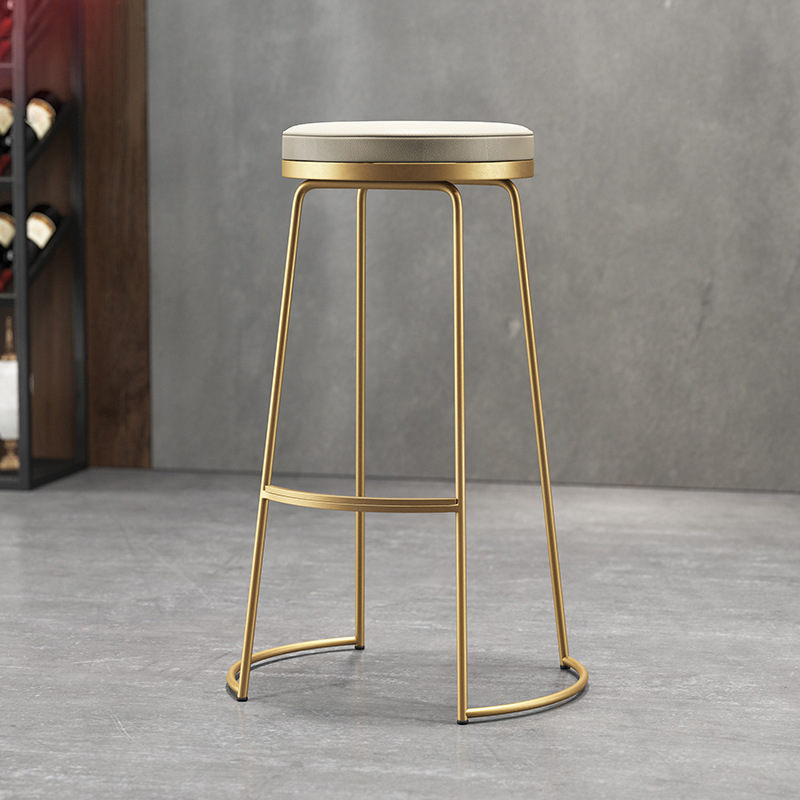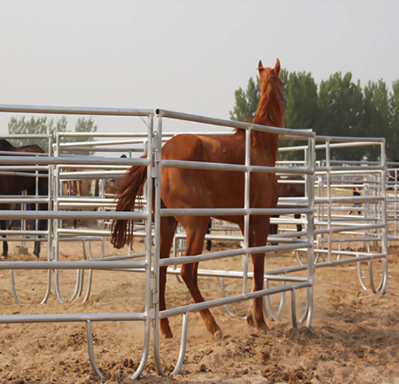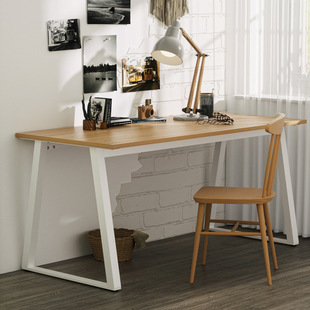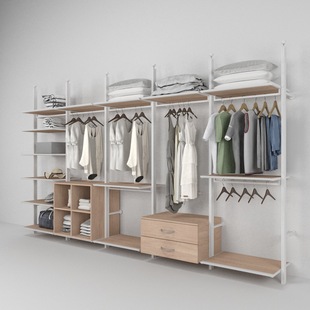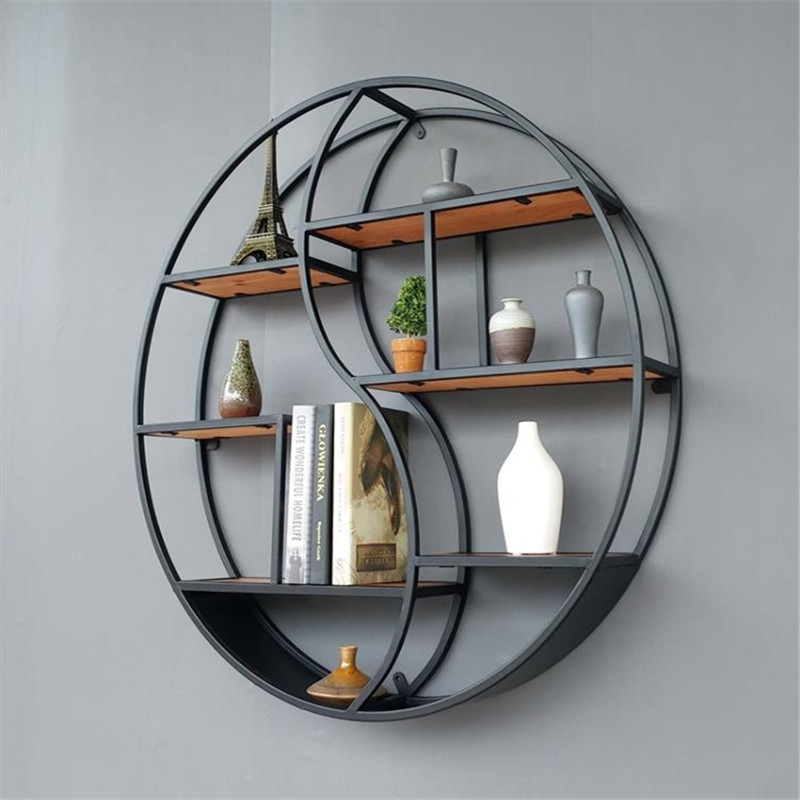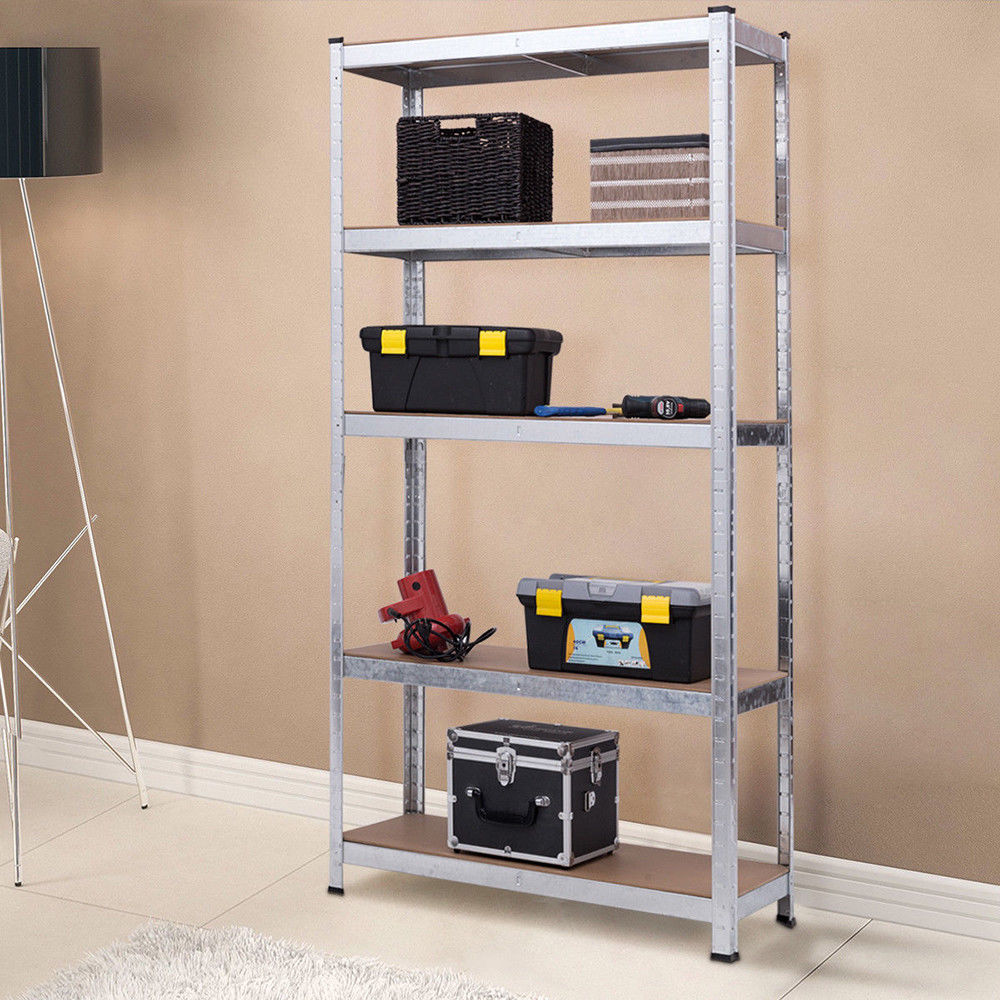09-25/2025
Metal bedside tables have become a popular choice for modern interiors due to their durability, sleek design, and versatility. The backbone of these furniture pieces is the metal frame, which requires precise manufacturing techniques to ensure strength, aesthetics, and functional integrity. This article delves into the production process of metal bedside table frames, with a detailed focus on three critical technologies: laser tube cutting machines, bending machines, and laser welding robots. Each of these technologies plays a pivotal role in shaping the final product, enhancing production efficiency, and maintaining quality standards.
1. Laser Tube Cutting Machine: Precision and Efficiency in Metal Frame Preparation
The first and fundamental step in manufacturing metal bedside table frames is the cutting of metal tubes to the required dimensions and shapes. Laser tube cutting machines have revolutionized this stage by providing unmatched precision and speed.
Laser tube cutting involves using a highly focused laser beam to cut through metal tubes made from materials such as stainless steel, aluminum, or carbon steel. Unlike traditional mechanical cutting methods that can cause deformation or burrs, laser cutting offers clean, smooth edges with minimal heat-affected zones. This precision is critical for ensuring that the tubes fit together perfectly during assembly, reducing the need for manual adjustments.
Additionally, laser cutting machines can be programmed via CAD (Computer-Aided Design) software to execute complex cuts and shapes, including holes, slots, or intricate patterns. This flexibility allows manufacturers to customize bedside table frames according to specific design requirements, ranging from simple geometric forms to elaborate modern designs.
The automation capabilities of laser tube cutting machines significantly boost production efficiency. They can operate continuously with minimal human intervention, ensuring consistent quality and reducing material waste. Moreover, laser cutting is a non-contact process, meaning there is less wear and tear on equipment and lower maintenance costs.
2. Bending Machine: Shaping Metal Tubes with Precision and Consistency
After the metal tubes have been cut to size, the next crucial step in producing a metal bedside table frame is bending. The bending machine’s role is to form the tubes into the desired shapes, such as curves, angles, or other three-dimensional structures required by the design.
Modern bending machines utilize CNC (Computer Numerical Control) technology to ensure that each bend is executed with exceptional accuracy and repeatability. This automation guarantees that every piece in a batch is uniform, which is essential for mass production and quality control.
The bending process can be complex, as metal tubes must be bent without causing wrinkles, cracks, or flattening. Advanced bending machines are equipped with technologies such as rotary draw bending, compression bending, and roll bending, each suited for different types of bends and tube materials.
For bedside table frames, bending machines help achieve ergonomic and aesthetic designs. For instance, the legs and support structures often require smooth curves and specific angles to ensure stability and visual appeal. By precisely controlling the bending radius and angle, manufacturers can produce frames that not only meet strength requirements but also enhance the overall design harmony of the furniture.
The bending machine also contributes to production speed. Automated systems can quickly switch between different bending programs, allowing for the manufacture of diverse frame styles without extensive downtime for retooling.
3. Laser Welding Robot: Ensuring Strong, Clean, and Efficient Assembly
The final step in the fabrication of metal bedside table frames is joining the individual cut and bent components into a cohesive structure. Traditionally, welding was a labor-intensive process requiring skilled manual welders. However, with advancements in automation, laser welding robots have become a cornerstone in modern metal furniture manufacturing.
Laser welding robots utilize a high-energy laser beam to fuse metal parts together at precise locations. The laser provides a concentrated heat source that allows for deep penetration with minimal thermal distortion, producing strong and clean weld seams. This is especially important in furniture manufacturing where weld quality directly impacts the durability and aesthetics of the product.
The robotic welding process is controlled by advanced software that synchronizes the welding parameters—such as laser power, speed, and focus—with the movement of the robotic arm. This results in highly consistent welds with minimal spatter, reducing the need for post-welding cleanup or grinding.
In the context of metal bedside table frames, laser welding robots enable the seamless assembly of complex joints, including T-joints, corner joints, and butt joints, which are common in frame structures. The precision of laser welding helps maintain the geometric accuracy of the frame, ensuring that doors, drawers, or tabletops fit perfectly without misalignment.
Moreover, the automation brought by welding robots greatly enhances workplace safety by reducing human exposure to intense heat and harmful fumes. It also allows manufacturers to scale up production while maintaining consistent quality standards.
Conclusion
The production of metal bedside table frames is a sophisticated process that relies heavily on advanced machinery to achieve precision, efficiency, and quality. The laser tube cutting machine initiates the process by delivering accurately cut metal tubes tailored to design specifications. Following this, the bending machine shapes these tubes into the necessary forms with exacting control and repeatability. Finally, laser welding robots assemble the components with strong, clean welds that ensure structural integrity and aesthetic excellence.
Together, these technologies represent the forefront of modern metal furniture manufacturing, enabling companies to meet the demands of high-quality production while offering innovative designs. As automation and laser technology continue to evolve, the future of metal bedside table frame production promises even greater efficiency, customization, and sustainability.


